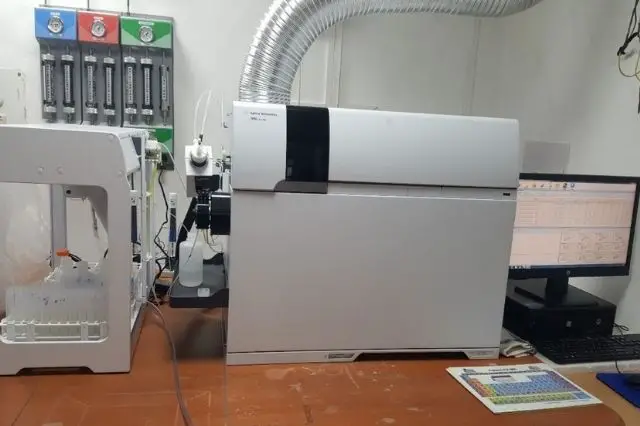3 Factors to Consider When Selecting ICP-MS Instrument

For the ones who don’t know what an ICP-MS is, it stands for inductively-coupled plasma mass spectrometry. It is a type of mass spectrometry device that uses coupled plasma for ionizing the sample to be studied. This means that it breaks down the particles in the sample into small atomic and polyatomic ions which are ultimately detected.
Now, the main goal of almost any ICP-MS device is to quantify trace elements in a given sample. In samples having very high percentages of dissolved solids (0.3% or more), they are divided into several aliquots to generate a calibration curve or graph for generating result.
Selection of the proper ICP-MS and other necessary parts like skimmer cones need thorough understanding. An ICP-MS skimmer cone is a differential instrument used to separate the sample at atmospheric conditions from the mass filter and detectors at vacuum conditions. So what all factors do you need to keep in mind while choosing the correct ICP-MS? Read on to find out.
1. Performance
Needless to say, an instrument that guarantees you a good performance should be your first choice while purchasing it. Analytical performance can mean different things to different people.
Many instruments are either unable to detect ultra-trace elements or offer a low throughput. Polyatomic or isobaric interferences are likely to produce undesired spectral overlaps that will mess up your data completely. High-resolution instrumentation and collision-reaction cell technology can reduce your spectral problems, but they come with their own set of problems.
Depending on the kinds of samples being analyzed, matrix components can suppress analyte sensitivity and consequently reduce the accuracy of your results.
So depending on your needs, you should evaluate various things under the performance criteria, such as:
· Detection capability
· Sensitivity
· Dynamic range
· Interference reduction
· Sample throughput
· Performance using alternate devices
It might be tough to evaluate every single criterion, but it will be easier if you compare the performances of each instrument by using exactly the same set of samples and calibration standards.
2. Usability
In most scientific instruments, analytical performance is a major consideration while choosing. But a system’s usability can be in competition with its analytical performance. This happens particularly if the application does not demand any ultimate in the detection of the samples.
Even though usability can vary from one user to another, there are a few general tips to keep in mind here. They include, but are not limited to the following:
· Ease of operation in both routine use and maintenance
· Frequency of routine maintenance
· Compatibility with sampling apparatus
· Installation requirements
· Technical support
· Training courses
3. Convenience
For this, the first thing you have to determine is the scientific skillset that the person using the instrument will possess. If the operator is a PhD-level scientist, it’ll be easy for them to use it.
But if the device is to be used round-the-clock in a heavy workload environment, problems may arise. In this scenario, a highly qualified person might not be available to operate the instrument all the time, so it’ll most likely be operated by people less qualified.
So you should look at how easy the software is to use, and how similar it is to other instruments in your lab that are also used to identify trace elements. The ease of using an ICP-MS properly will also have a direct impact on the time it will take to train someone who doesn’t know how to use it.
Another important factor to consider here is the person developing the methods. Accurate method development has a huge role to play in the data you are going to generate through the instrument. So it requires a lot of expertise than only running routine methods.
Final Thoughts!
These are just a few criteria to keep in mind while choosing the right ICP-MS for your lab. There are many others, such as the price of the instrument, the method development parameters, the service support offered, etc.
Besides using these guidelines as a framework for operating the device, you should also see that they’re in accordance with other instruments in the lab. If you want to find the right instrument for you, you’ll have to search the marketplace pretty thoroughly for a few months.
Since you’ll be spending quite a bit of money on such a sensitive device, it’s best to do your research first and then make an informed decision.





